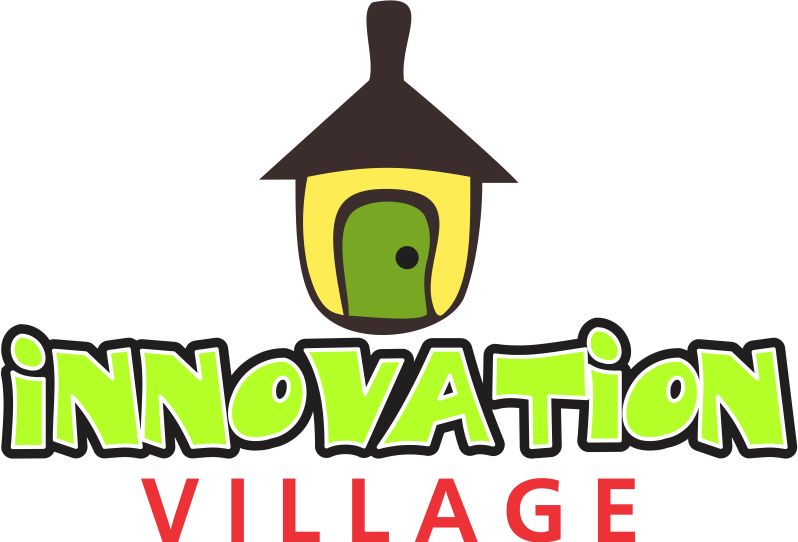With the adoption of Fourth Industrial Revolution (4IR) technologies in all aspects of our lives, it is no surprise that buildings are getting a lot ‘smarter’ too. The impact of the COVID 19 pandemic has accelerated the need for digitally integrated buildings, as organisations have had to implement strategies to adjust to new ways of working to improve efficiencies, reduce costs, mitigate security risks and implement health and safety measures.
At its most basic, a digital building integrates technology with the physical aspects of a structure to enhance the user experience and maximise the effectiveness of the space. These buildings are not just resigned to company office blocks but span all industries, including factories, retail outlets, medical facilities, academic campuses, sports venues, airports, and homes. Everything within the space is connected and automated, to allow for beneficial interactions between the physical and digital systems, people, and external elements.
Human-centric, sustainable, and economical, digital buildings are flexible, as they are able to react to our changing needs and expectations as pandemic disruption continues, and our future remains uncertain.
Increase efficiencies and decrease costs
One of the biggest challenges for real estate during the pandemic is that ongoing remote working has led to underutilised or unused spaces. In a digital building, technology can assist with creating an environment that can adapt readily to changing circumstances. This could be the staggered return to work of employees and hybrid offices, or transformation of a building into a co-working space where companies share resources, or a mixed-use facility to offer additional revenue streams.
As technology enables buildings and their systems to become more connected, there’s greater access to insights about space usage, as well as greater control of facilities and operations, to increase efficiency and decrease costs. This includes collecting and monitoring data on heating, ventilation, air conditioning and lighting based on chosen preferences and occupancy in the space, which can be used to customise and automate controls for better space management.
In addition, buildings that are equipped to connect workers across multiple locations, through mediums such as video conferencing, virtual meetings, and wireless content-sharing platforms, this creates and increase opportunities for collaboration and creativity, which ultimately enhances productivity and efficiency.
For utilities, smart meters and sensors can track and control energy consumption, as well as detect faults earlier. With this data, solutions can be implemented to conserve energy and introduce alternative energy sources, such as solar power, reducing the energy bill and improving the green credentials of a building. Vodacom’s IoT connections through electricity smart meters and smart logistics services have enabled carbon savings of approximately 224 004 mtCO2e in the previous year for its business clients.
The technology can also be used to find similar cost-saving and eco-friendly solutions for water consumption and waste removal and provide insights to form maintenance plans to be more sustainable while cutting down on expenses in the long-term.
Mitigate security risks
A connected building may open opportunities for cybersecurity risks, but it also strengthens the levels of security and access control to systems and assets, even in a decentralized workforce. Every device on the network can be monitored in real-time for vulnerabilities, and software can be updated remotely and regularly to avoid exploitation from attackers. Additional security measures, such as multiple-verification and cloud-based solutions, are more easily integrated in an IoT-enabled building.
The safety benefits of digital buildings extend to the security of the physical space. Biometric technology, such as facial recognition, can improve the security of access to the building. Monitoring suspicious activity through IoT sensors on CCTV allows real-time viewing on footage from any camera on any device and sends out an alert based on pre-selected criteria.
Ensure health and safety
The current pandemic has highlighted how we inhabit a building can directly impact our health.
As people return to workspaces and public locations, such as restaurants and shopping malls, technology in a building can help protect users through systems such as touchless check-in, screening, contact tracing, and monitoring face mask compliance, as well as ensuring social-distancing measures.
Furthermore, sensors can be used to receive data on occupancy figures to make social distancing easier, whether it’s repurposing areas to reduce high traffic or alerting workers in real-time through a workplace app about what desks or meeting rooms are occupied. Sensor data can also assist in determining what shared areas need to be cleaned and sanitised, and how often.
Turn old into new
Digital buildings are not just for new construction projects. A building management system (BMS) can be retrofitted into existing systems and lay the foundation for the introduction of new technologies. This saves on rip and replacing installations and enhances legacy assets while improving interconnectivity and interoperability. Actions can be deployed rapidly but in a modular fashion to affordably prioritise the requirements of a building.
Across its existing buildings, Vodacom has retrofitted BMS, which controls and monitors the heating, ventilation, and air-conditioning equipment for improved energy efficiency, contributing to saving 5.35 GWh of electricity in the previous financial year. The company has also installed lighting sensors to reduce over 71% of the energy consumed by lighting in its buildings.
From improved user experience and efficient management to conserving resources, enhancing security, and ensuring health and safety, integrated technology is changing buildings for the better. But one of their greatest assets in the wake of the pandemic is their adaptability. As we navigate a new normal, digital buildings are responsive to our evolving circumstances and needs, not only to help in the present but also to open possibilities to the future.



3 Comments
Pingback: Vodacom Donates R3 million to Help With Humanitarian aid due to Devastating Fires in Cape Town | Innovation Village | Technology, Product Reviews, Business
Pingback: What makes a business ready for the future? | Innovation Village | Technology, Product Reviews, Business
Pingback: Vodacom Business Partners With Trend Micro to Elevate Cybersecurity Offering | Innovation Village | Technology, Product Reviews, Business